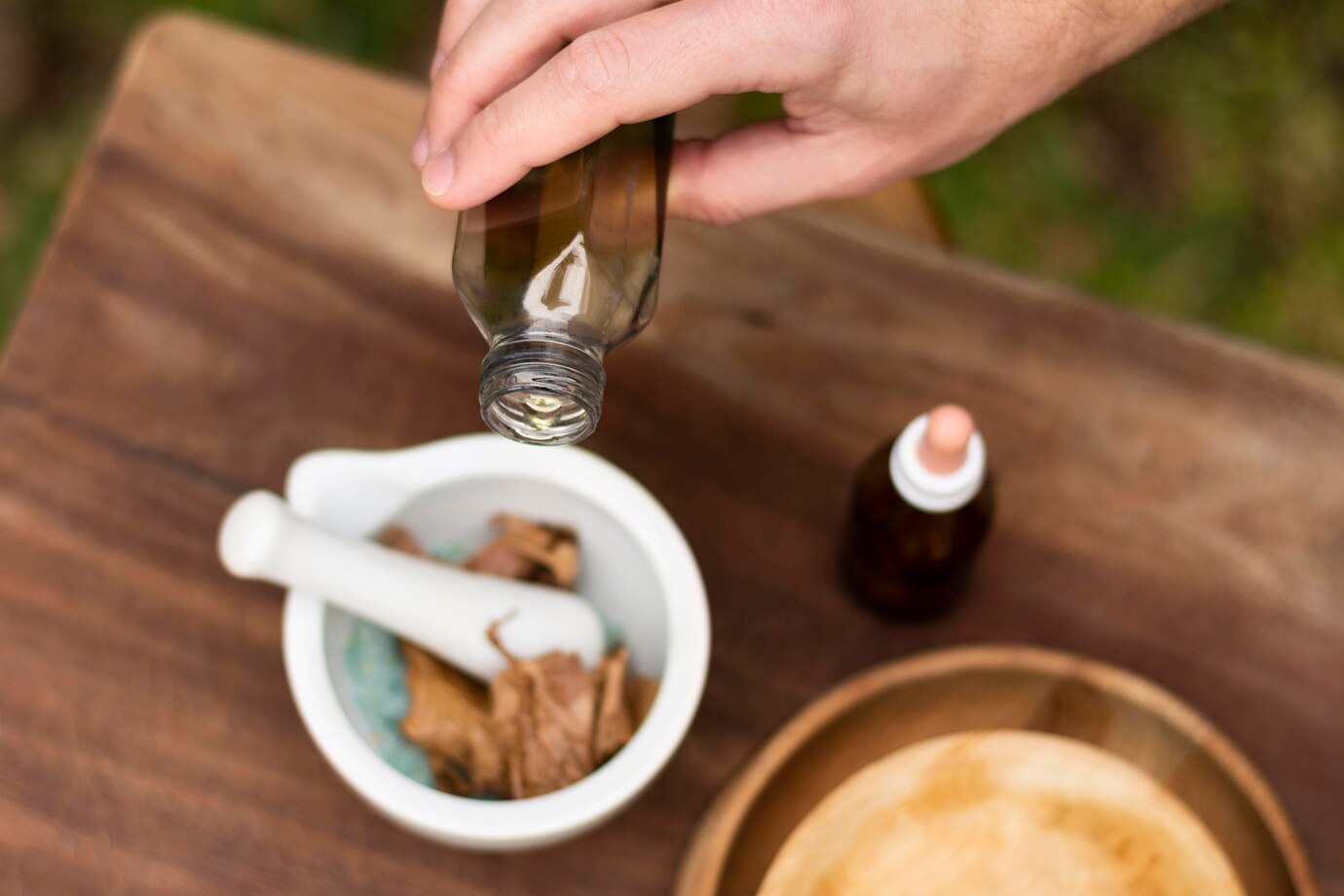Essential oils have gained immense popularity for their therapeutic benefits, natural fragrance, and versatile uses in aromatherapy, skincare, and home cleaning. While store-bought oils are convenient, making your own at home ensures purity, customization, and cost-effectiveness.
In this comprehensive guide, you’ll learn how to make essential oils using different extraction methods, the best plants to use, safety precautions, and practical tips to maximize quality.
What Are Essential Oils?
Essential oils are highly concentrated plant extracts obtained from leaves, flowers, bark, roots, and other botanical parts. They capture the plant’s scent, flavor, and beneficial properties through distillation or cold pressing.
Common Uses of Essential Oils
-
Aromatherapy (stress relief, mood enhancement)
-
Skincare (acne treatment, anti-aging)
-
Haircare (promoting growth, reducing dandruff)
-
Natural cleaning products (antibacterial properties)
-
Pain relief (muscle aches, headaches)
Methods to Make Essential Oils at Home
While commercial producers use advanced equipment, you can extract essential oils at home using simpler techniques. Below are the most effective methods:
1. Steam Distillation (Most Effective Method)
Steam distillation is the gold standard for extracting pure essential oils.
What You’ll Need:
-
Fresh or dried aromatic plants (e.g., lavender, rosemary, mint)
-
Distillation apparatus (or a DIY setup with a pot, bowl, and ice)
-
Heat source (stove)
-
Collection bottle (dark glass preferred)
Steps:
-
Prepare the Plant Material – Chop herbs to increase surface area.
-
Add Water & Herbs – Place herbs in a pot, add water, and cover with a lid upside down.
-
Collect Condensation – Place a bowl inside the pot to catch condensed oil.
-
Cool with Ice – Put ice on the inverted lid to speed up condensation.
-
Separate Oil & Water – The oil will float on top; use a dropper to collect it.
Tip: Citrus peels (orange, lemon) can also be distilled for fragrant oils.
2. Cold Pressing (Best for Citrus Oils)
This method works well for citrus fruits, where oils are found in the peel.
What You’ll Need:
-
Citrus peels (orange, lemon, grapefruit)
-
Grater or zester
-
Cheesecloth or strainer
-
Glass jar
Steps:
-
Zest the Peels – Grate the outer layer (avoid the bitter white pith).
-
Press the Oil Out – Place zest in a cheesecloth and squeeze tightly.
-
Let It Settle – Store in a jar; oil will separate from juice over time.
Tip: Use organic citrus to avoid pesticide contamination.
3. Solvent Extraction (For Delicate Flowers)
Some flowers (like jasmine or rose) are too delicate for steam distillation. Solvent extraction uses alcohol or oil to pull out their essence.
What You’ll Need:
-
Fresh flower petals
-
Carrier oil (olive, jojoba) or high-proof alcohol (vodka)
-
Glass jar
-
Strainer
Steps:
-
Soak Petals in Oil/Alcohol – Cover petals completely and seal the jar.
-
Let It Infuse – Keep in a warm place for 24-48 hours.
-
Strain & Repeat – Filter out petals and repeat with fresh ones for stronger oil.
Tip: This makes an infused oil rather than a pure essential oil but retains fragrance.
4. Enfleurage (Traditional Method for Fragrant Flowers)
An old French technique used for jasmine and tuberose.
What You’ll Need:
-
Fresh flower petals
-
Solid fat (like coconut oil or lard)
-
Glass tray
-
Scraper
Steps:
-
Spread Fat on Tray – Apply a thin layer.
-
Press Petals Into Fat – Let sit for 24 hours, then replace with fresh petals.
-
Collect Scented Oil – After days of layering, wash fat with alcohol to extract pure oil.
Best Plants for Homemade Essential Oils
Not all plants yield high-quality oils at home. These are the easiest and most effective:
| Plant | Best Part to Use | Best Extraction Method |
|---|---|---|
| Lavender | Flowers & Leaves | Steam Distillation |
| Peppermint | Leaves | Steam Distillation |
| Rosemary | Leaves | Steam Distillation |
| Lemon/Orange | Peel | Cold Pressing |
| Eucalyptus | Leaves | Steam Distillation |
| Rose | Petals | Solvent Extraction |
Safety Tips When Making Essential Oils
-
Use Glass Containers – Essential oils can degrade plastic.
-
Avoid Direct Heat – High heat can destroy beneficial compounds.
-
Dilute Before Use – Never apply undiluted oils directly to skin.
-
Patch Test – Check for allergic reactions before full use.
-
Store Properly – Keep in dark bottles away from sunlight.
How to Use Homemade Essential Oils
-
Diffusion – Add a few drops to a diffuser for aromatherapy.
-
Massage Oil – Mix with a carrier oil (coconut, almond) for relaxation.
-
Skincare – Add to creams or serums for added benefits.
-
Cleaning Spray – Combine with vinegar and water for a natural disinfectant.
Final Thoughts
Learning how to make essential oils at home is a rewarding process that ensures purity and customization. While steam distillation is the most effective, simpler methods like cold pressing and infusion also produce fragrant, usable oils.
Pro Tip: Start with easy herbs like mint or citrus peels before moving to delicate flowers.
By following this guide, you can create high-quality essential oils naturally, saving money while enjoying their full therapeutic benefits.
FAQs
Can I make essential oils without a still?
Yes! Cold pressing (for citrus) and solvent extraction (for flowers) work without a distiller.
How long do homemade essential oils last?
Properly stored, they last 6-12 months. Citrus oils degrade faster.
Are homemade essential oils as strong as store-bought?
They may be less concentrated but are purer with no additives.
Can I use dried herbs?
Yes, but fresh herbs often yield more aromatic oils.










